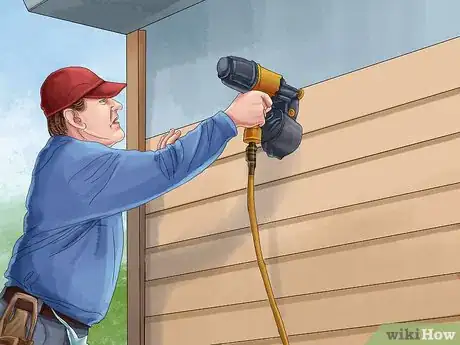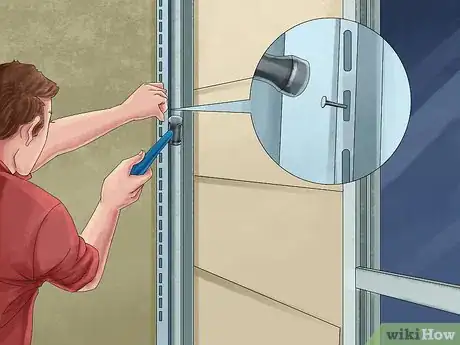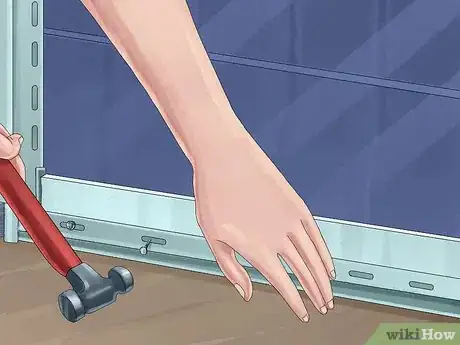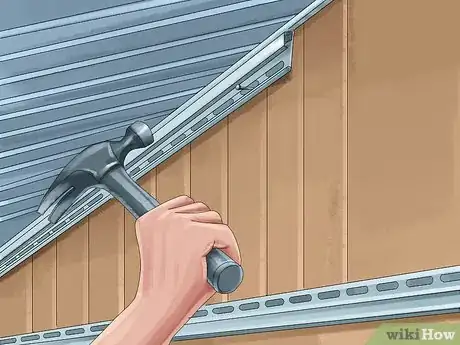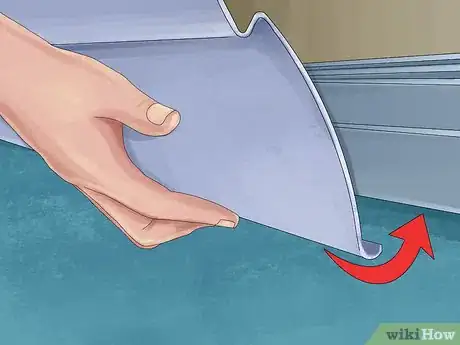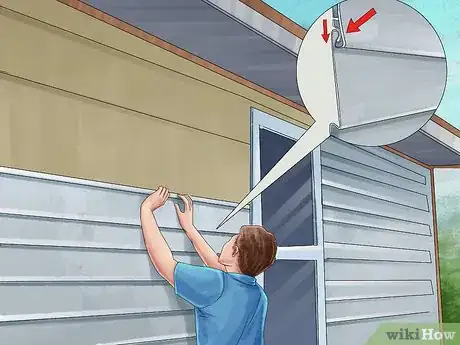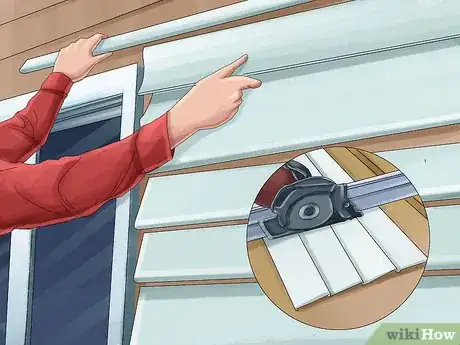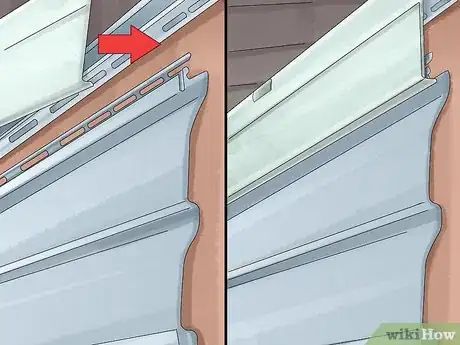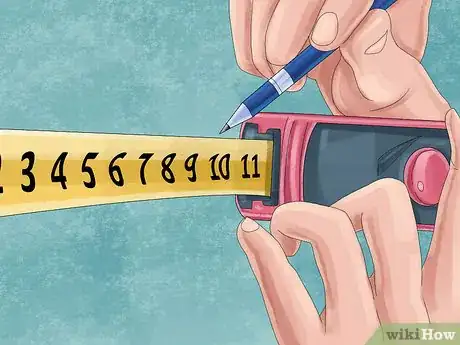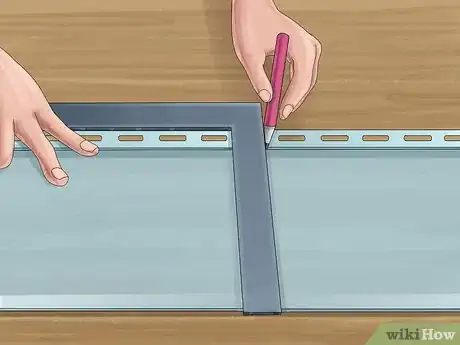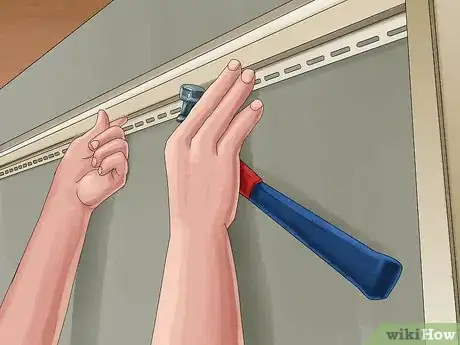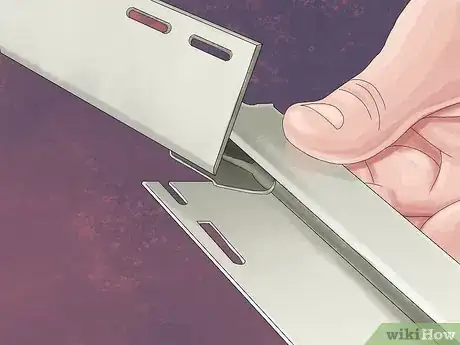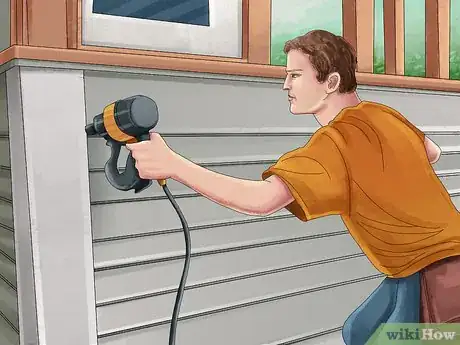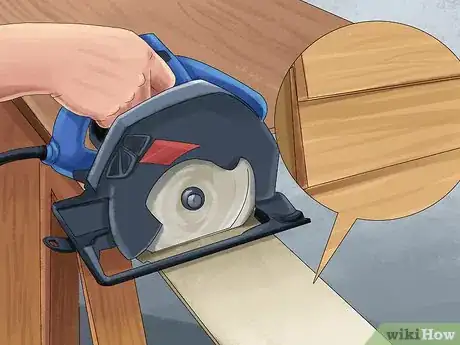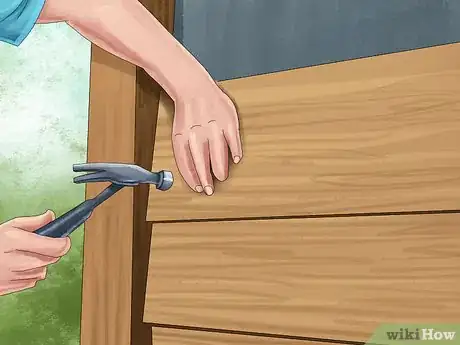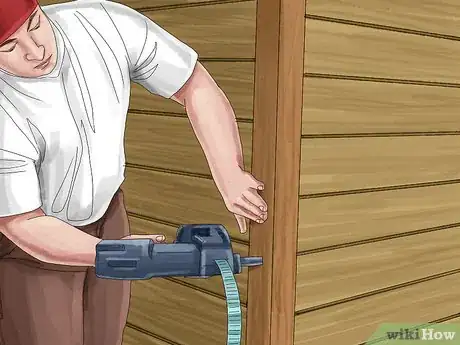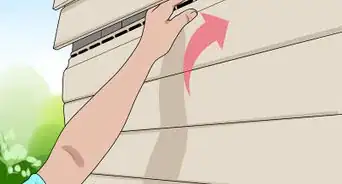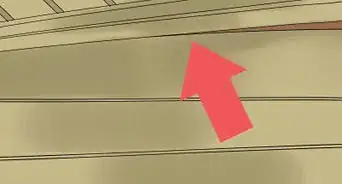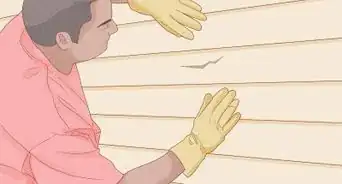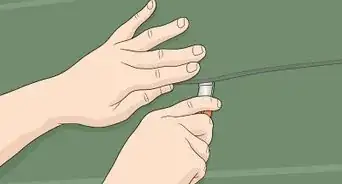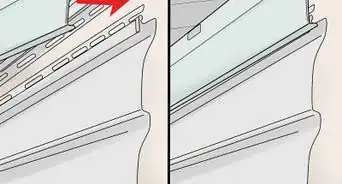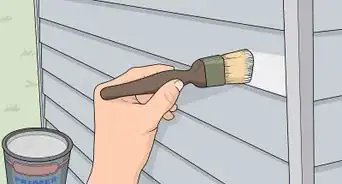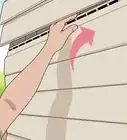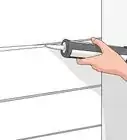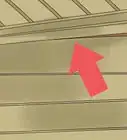This article was co-authored by Ryaan Tuttle. Ryaan Tuttle is a Home Improvement Specialist and the CEO of Best Handyman, Inc. in Boston, Massachusetts. With over 17 years of experience, he specializes in building home service businesses, focusing on creating scalable and efficient brands. With the help of his global team, the companies have achieved over 10+ million in sales and received recognition through magazine features, and enjoy partnerships with wikiHow and Jobber field service software. Boston Magazine and LocalBest.com have named Best Handyman Boston the Best Handyman in Boston. Ryaan holds Construction Supervisor and Home Improvement Contractor Licenses.
This article has been viewed 34,621 times.
Installing exterior siding may be the most effective way to increase the value and restore the beauty of your house. The process is not as complicated as it seems, and doing it yourself will save a lot of money for the cost of installation. Here are some steps to guide you as you learn how to install exterior siding.
Steps
-
1Install horizontal siding, such as aluminum or vinyl by hanging the underlayment and installing the trim.
- Save some time and energy by using a pneumatic siding gun. This way, you don't have to hammer every nail by hand.[1]
-
2Add the corner posts, using two nails in the upper slots to suspend them. If you use more than one piece to complete a corner, be sure that there is an overlap of 1 inch (2.54cm).Advertisement
-
3Place the footer, which is the piece of trim that is at the bottom of each exterior wall, as starter strip of siding will slide into this.
-
4Apply a strip of F-channel trim at the top of the exterior walls, under the eaves. The top sheets of siding will slide under this piece.
-
5Install your starter sheet. Slide the bottom of the siding into the footer, being sure to allow for expansion. You should be able to wiggle the siding slightly. Slide the ends under the corner posts in the same manner.
- Affix the siding to the wall by centering a nail in each section of the nail strip. Don't pound the nails in all the way.
-
6Proceed up the wall, interlocking the bottom of each sheet with the top of the previous sheets. Be sure to overlap successive panels by 1 inch (2.54cm).
-
7Trim the siding panels using a circular saw to meet windows, doors, and corners. Use gutter-seal adhesive to finish the installation at window sills and eaves.
-
8Install the top panel by trimming the unneeded portion from the top of the sheet. Lock it into place at the top of the preceding panel, and slide it under the F-channel.
-
9Install vertical siding by first locating the mid-point of the wall.
-
10Draw a vertically level line at this position using a straightedge.
-
11Center the starter panel on that line and cut the strip 1/8 inch (0.3175cm) short, to allow for expansion. Hang this panel by placing a nail at the top of each nail strip, at about 8 inch (20.32cm) increments.
-
12Cut the successive strips to rest on the footer, always allowing a 1/8 inch (0.3175cm) gap at the top. Moving from the center out, interlock each strip with the previous one, continuing to place the nails at 8 inch (20.32cm) increments.
-
13Install a J-channel on the post when you reach a corner. Shim the J-channel at about 5/16 inch (0.794cm) to keep the post on the same plane as the other strips. The edges will insert between the J-channel and the outer flange of the post.
-
14Add panels around the doors and windows in the same manner as in Step 6.
-
15Proceed with the following steps for installing wood siding. The primary difference between this application and the others, is that the vertical corner boards will be installed last.
-
16Install trim boards to surround windows and doors. Add metal flashing to control water flow.
-
17Cut the boards to length, making sure that the joints meet over a stud. Make sure that each plank is cut square to avoid any gaps. Be sure to prime the sheets of siding on both sides and at the edges. Also, be sure to prime any exposed ends when panels are trimmed.
-
18Hang the first piece of siding so that it overlaps the foundation by 1 inch (2.54cm). Install the successive pieces so that they are nailed through the bottom of the upper board, and into the beveled edge of the lower board.
- The uppermost board will be installed so that it abuts the eaves. Split the board so that the width is shortened, and then cover the exposed edge with frieze board.
-
19Complete installation adding the vertical boards at the corners, so that they are flush with the horizontal boards, but always allow at least 1/8 inch (0.3175cm) for expansion.
Expert Q&A
-
QuestionIs a siding gun worth it?
 Ryaan TuttleRyaan Tuttle is a Home Improvement Specialist and the CEO of Best Handyman, Inc. in Boston, Massachusetts. With over 17 years of experience, he specializes in building home service businesses, focusing on creating scalable and efficient brands. With the help of his global team, the companies have achieved over 10+ million in sales and received recognition through magazine features, and enjoy partnerships with wikiHow and Jobber field service software. Boston Magazine and LocalBest.com have named Best Handyman Boston the Best Handyman in Boston. Ryaan holds Construction Supervisor and Home Improvement Contractor Licenses.
Ryaan TuttleRyaan Tuttle is a Home Improvement Specialist and the CEO of Best Handyman, Inc. in Boston, Massachusetts. With over 17 years of experience, he specializes in building home service businesses, focusing on creating scalable and efficient brands. With the help of his global team, the companies have achieved over 10+ million in sales and received recognition through magazine features, and enjoy partnerships with wikiHow and Jobber field service software. Boston Magazine and LocalBest.com have named Best Handyman Boston the Best Handyman in Boston. Ryaan holds Construction Supervisor and Home Improvement Contractor Licenses.
Home Improvement Specialist A siding gun is definitely worth it, especially if you buy a cordless one. You just plug it into the compressor, which will set the depth of the nails.
A siding gun is definitely worth it, especially if you buy a cordless one. You just plug it into the compressor, which will set the depth of the nails.
References
- ↑ Ryaan Tuttle. Home Improvement Specialist. Expert Interview. 30 July 2021.
- ↑ Ryaan Tuttle. Home Improvement Specialist. Expert Interview. 30 July 2021.
- ↑ Ryaan Tuttle. Home Improvement Specialist. Expert Interview. 30 July 2021.
- http://www.hometips.com/diy-how-to/siding-vinyl-aluminum-installation.html
- http://www.askthebuilder.com/589_Installing_Wood_Siding.shtml
- http://www.doityourself.com/stry/stepbystep-wood-siding-installation
